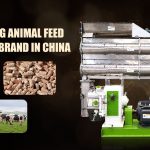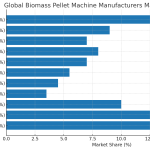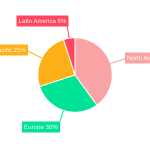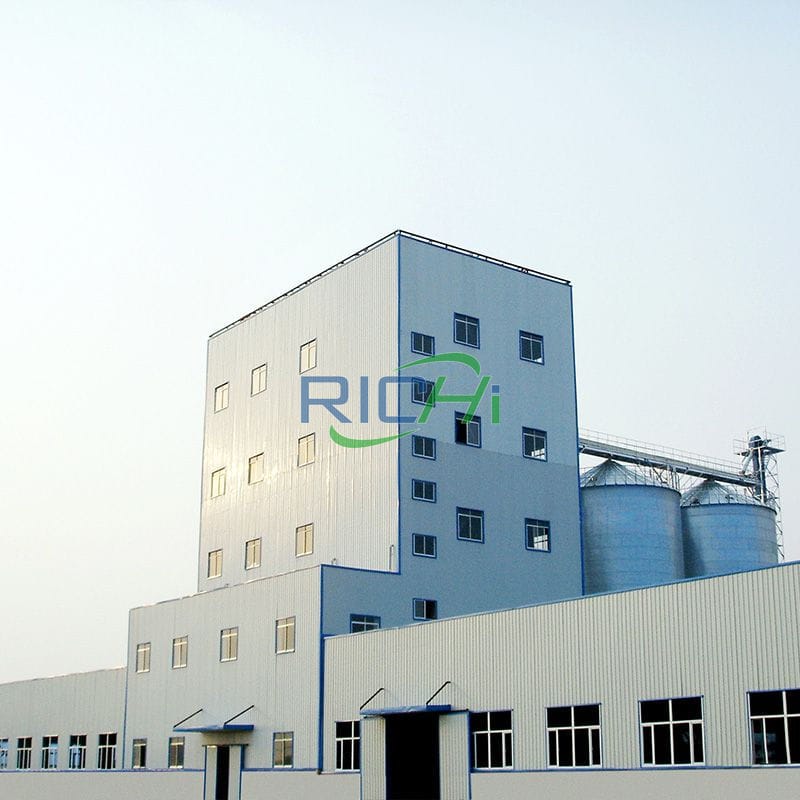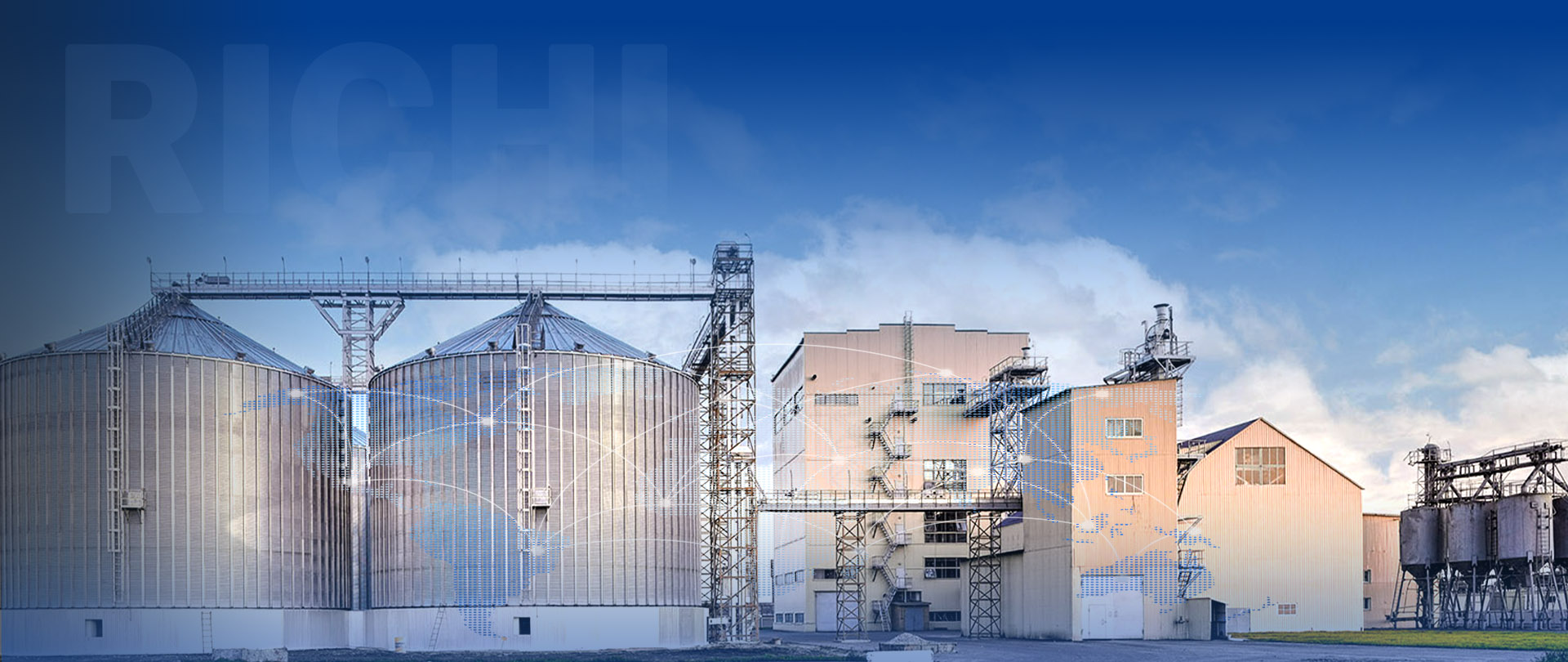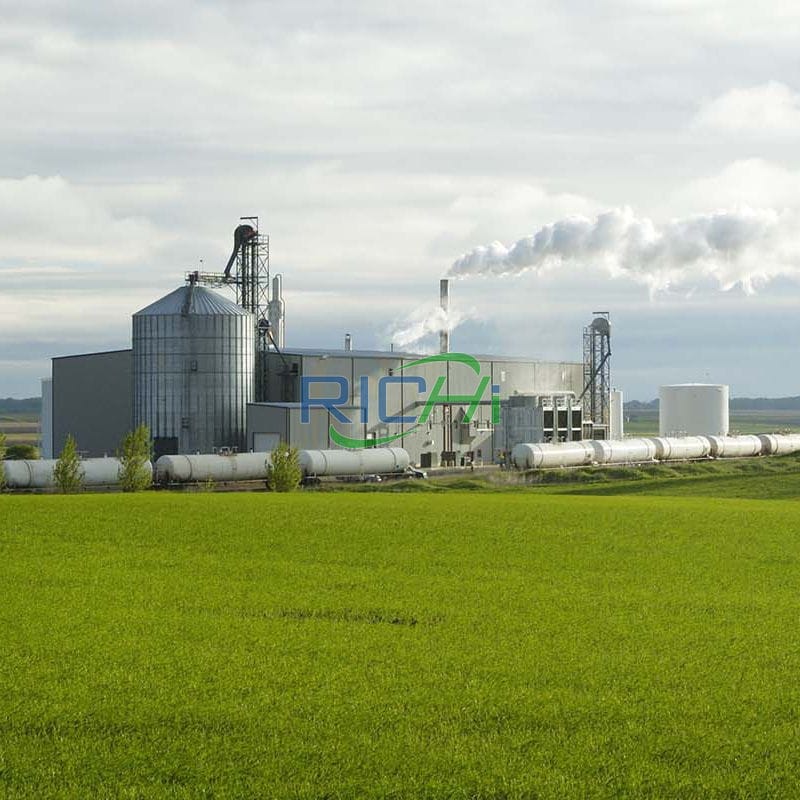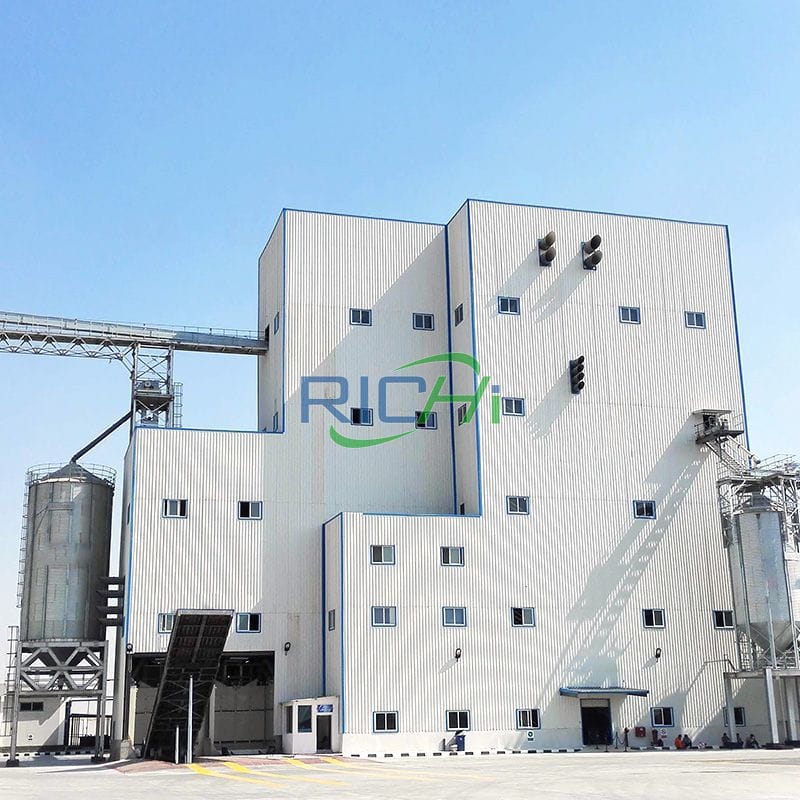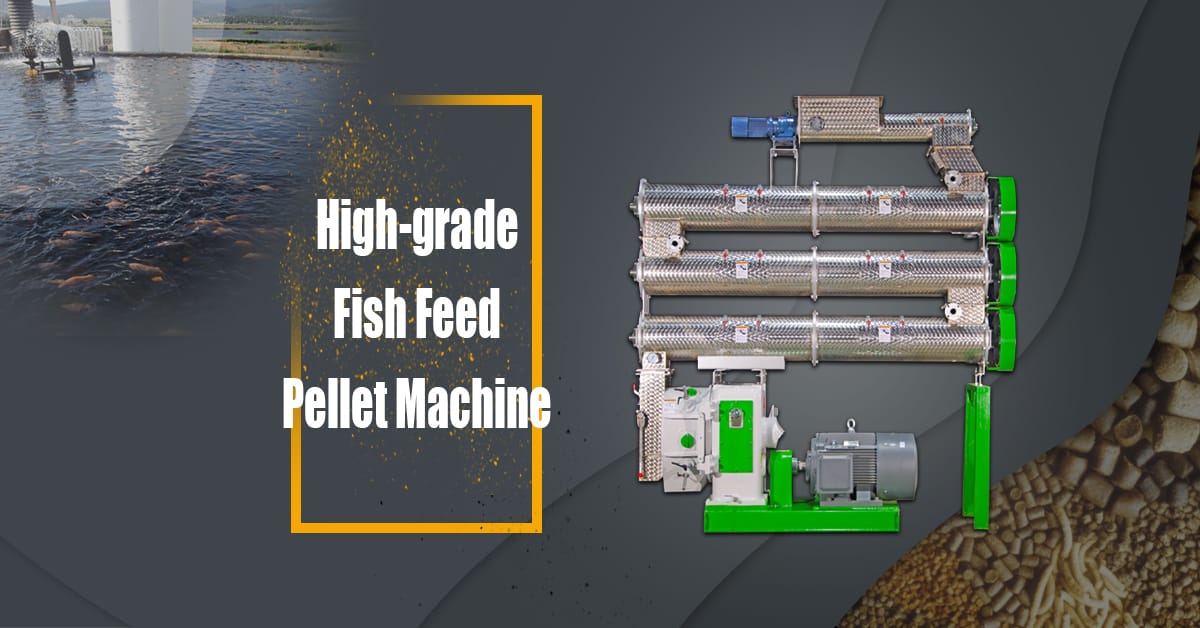A 5 tons per hour (t/h) floating fish feed mill represents a significant investment in the aquaculture industry. Understanding the production efficiency of such a plant is crucial for operators to maximize output, minimize costs, and ensure high-quality feed production. This article explores the various factors that influence the production efficiency of a 5t/h floating fish feed mill and provides insights into optimizing its performance.
Understanding Production Efficiency
Production efficiency in a floating fish feed mill refers to the ratio of actual output to the theoretical maximum output, considering factors such as equipment capabilities, raw material quality, and operational practices. For a 5t/h mill, the theoretical maximum production is 5 tons of finished feed per hour, but several factors can impact the actual production efficiency.
Key Factors Affecting Production Efficiency
- Raw Material Quality and Preparation
The quality and consistency of raw materials significantly impact production efficiency. High-quality ingredients that are properly ground and mixed can improve the extrusion process, leading to better feed quality and higher production rates. Efficient raw material handling and preparation systems can contribute to overall plant efficiency.
- Extrusion Process Optimization
The extrusion process is critical for producing floating fish feed. Factors such as moisture content, temperature, and pressure in the twin screw extruder must be carefully controlled to achieve optimal expansion and flotation properties. Well-optimized extrusion parameters can increase throughput and reduce energy consumption.
- Drying and Cooling Efficiency
After extrusion, the feed must be dried to the correct moisture content and cooled to ambient temperature. Efficient drying and cooling systems are essential for maintaining high production rates and ensuring feed quality. Poorly designed or maintained drying systems can become bottlenecks in the production process.
- Equipment Maintenance and Reliability
Regular maintenance of all equipment, from grinders and mixers to extruders and dryers, is crucial for maintaining high production efficiency. Unplanned downtime due to equipment failures can significantly impact overall production efficiency.
- Operational Expertise
The skill and experience of the operators play a vital role in maximizing production efficiency. Well-trained staff can quickly adjust process parameters to optimize production and respond effectively to any issues that arise.
- Feed Formulation
The specific formulation of the fish feed can impact production efficiency. Some ingredients may be more challenging to process than others, affecting extrusion rates and energy consumption.
- Production Scheduling
Efficient production scheduling, including minimizing changeover times between different feed formulations, can significantly impact overall plant efficiency.
Typical Production Efficiency Metrics
For a well-designed and operated 5t/h floating fish feed mill, the following efficiency metrics can be expected:
- Overall Equipment Effectiveness (OEE)
A well-run plant should aim for an OEE of 85% or higher. This means that the actual production over time should be around 4.25 tons per hour on average. - Specific Energy Consumption
Energy efficiency is crucial for both cost control and environmental sustainability. A modern 5t/h plant should aim for specific energy consumption of around 80-100 kWh per ton of feed produced. - Yield
The yield, or the ratio of finished product to raw material input, should be in the range of 95-98% for a well-operated plant. - Downtime
Unplanned downtime should be kept to a minimum, ideally less than 5% of total operational time.
Strategies to Improve Production Efficiency
- Implement Advanced Process Control Systems
Modern control systems can continuously monitor and adjust process parameters to optimize production efficiency. This can include automated systems for raw material dosing, extrusion control, and drying/cooling management. - Invest in Energy-Efficient Equipment
Upgrading to energy-efficient motors, drives, and heating systems can significantly reduce energy consumption and improve overall efficiency. - Optimize Raw Material Handling
Implementing efficient storage, conveying, and dosing systems for raw materials can reduce labor costs and improve consistency in the production process. - Implement Preventive Maintenance Programs
Regular maintenance schedules and condition monitoring can prevent unexpected breakdowns and extend equipment life, improving overall efficiency. - Continuous Operator Training
Investing in ongoing training for operators ensures they can effectively manage the production process and quickly respond to any issues that arise. - Optimize Feed Formulations
Work with nutritionists to develop feed formulations that not only meet the nutritional needs of the fish but also process efficiently in the production line. - Implement Lean Manufacturing Principles
Adopting lean principles can help identify and eliminate waste in the production process, improving overall efficiency.
Case Study: Efficiency Improvements in a 5t/h Floating Fish Feed Mill
Consider a 5t/h floating fish feed mill that initially operated at an average production rate of 4 tons per hour, with frequent unplanned downtime and high energy consumption. After implementing a series of efficiency improvements, including:
- Upgrading the extrusion control system
- Implementing a preventive maintenance program
- Optimizing feed formulations for better processability
- Providing advanced training for operators
The plant achieved the following results:
- Increased average production to 4.5 tons per hour
- Reduced unplanned downtime from 10% to 3%
- Decreased specific energy consumption from 110 kWh/ton to 90 kWh/ton
- Improved yield from 94% to 97%
These improvements resulted in a 12.5% increase in overall production efficiency and significant cost savings in energy and raw materials.
Conclusion
The production efficiency of a 5t/h floating fish feed mill is influenced by a complex interplay of factors, including raw material quality, equipment performance, operational expertise, and process optimization. While the theoretical maximum output is 5 tons per hour, real-world efficiencies typically result in actual production rates of 4.25 to 4.5 tons per hour for well-operated plants.
Achieving high production efficiency requires a holistic approach, addressing all aspects of the production process from raw material handling to final product packaging. By implementing advanced control systems, investing in energy-efficient equipment, optimizing feed formulations, and focusing on continuous improvement in operational practices, feed mill operators can significantly enhance their production efficiency.
As the aquaculture industry continues to grow and evolve, maintaining high production efficiency in floating fish feed mills will be crucial for meeting increasing demand while controlling costs and ensuring product quality. Feed mill operators who focus on optimizing their production efficiency will be well-positioned to succeed in this competitive and dynamic market.
For details please contact: pellet making machine
WhatsApp:86 138 3838 9622
Email:enquiry@richipelletmachine.com
